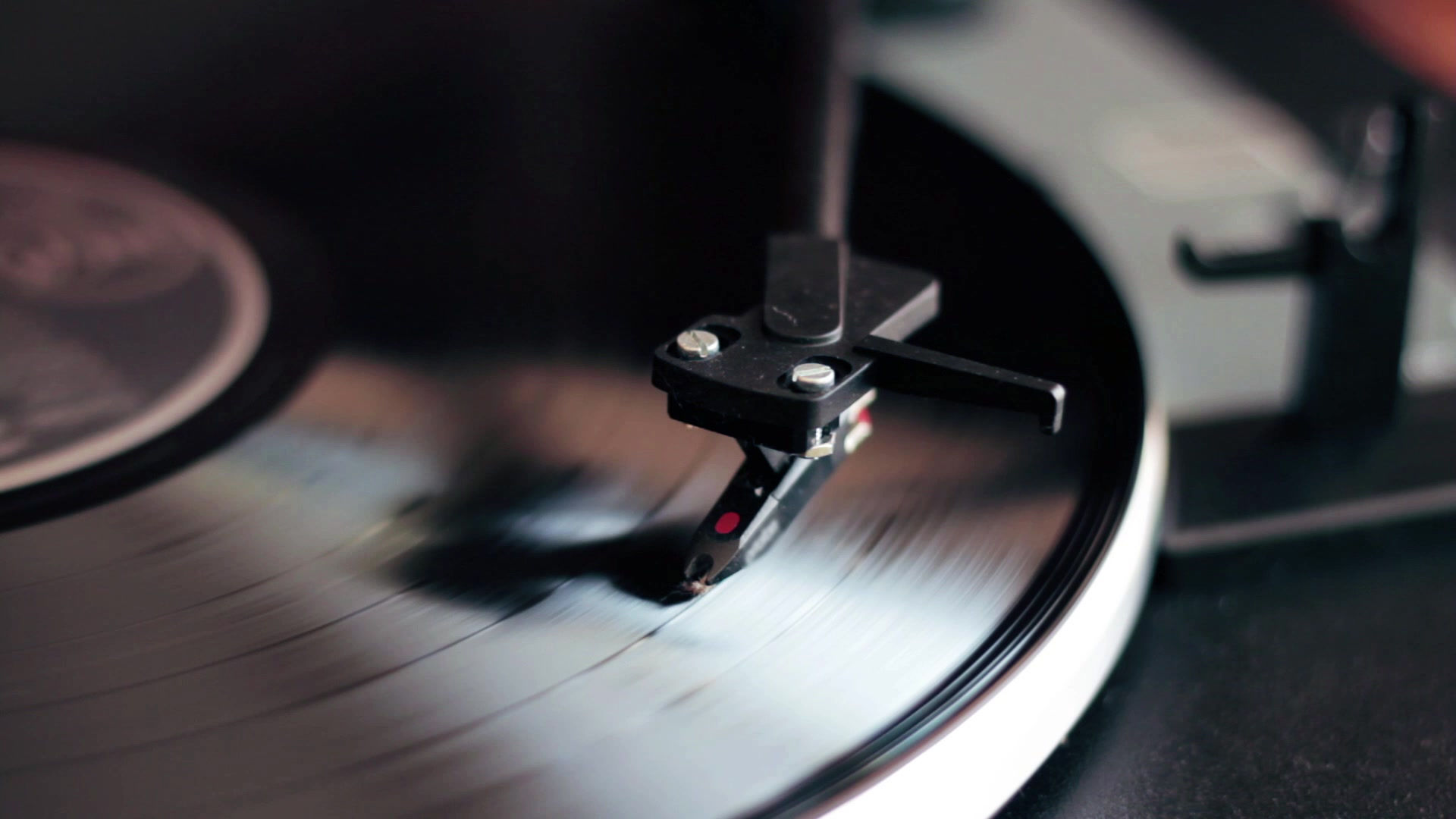V.A.: Japanese Popular Music -1928-1933- -pre war vol.1-
- Gerald Van Waes
- Jun 25, 2016
- 2 min read
I was very curious to hear the popular music of Japan from the 30s to have a good idea what was made there to compare also with the recorded music of the 30s in Korea, simply because something does not feel right in the complaints from the Koreans that they were only permitted an imitation of Korean music, while the Japanese often said they were regarded as equal people to the Japanese, Koreans prefer to forget and regret that period but I still do not see why, because the Koreans had a unique way of interpreting the songs with their singing style and also the combos showed a warm balance. But before knowing for sure of its own unique qualities, I needed to know the Japanese music of the same time better. This first album that I have checked out was a perfect introduction to hear what happened in Japan.


FSD Records V.A.: Japanese Popular Music -1928-1933- -pre war vol.1 -2cd- (JAP)***°
On this double CD one could distinguish a couple of style tendencies, which were going to be developed further during the 40s and 50s. The first distinguished approach was the attempt to make Japanese music that could find comparison to Western opera and operetta. This is the least successful style of what happened. The singers have a healthy range in singing, but still do not seem to cope with its different technique, the singers lose correctness and begin to sound amateurish or grotesque. One gets the impressions that the singers were people to entertain and were not regarded as true artists, just like the same tendency existed in Korea towards popular singers. The effect all in is still succesful and entertaining. Some of such singing has piano only, or directs towards being accompanied by a half jazz half classical combo with banjo rhythms too. This brings us to the cabaret songs themselves. Even here are a few off key moments, all the good intentions save it from disaster. There’s much alternation in the songs, and one can hear such songs will go and make it not just on stage but also in movies. There comes a bit of humour to it, or a form of the grotesque, in a 30s fashion like what could fit elsewhere in the world. Of course, the Western influences are clear. The last tracks on CD one shows a few interesting approaches of Japanese traditional music singings that receive a few new elements or instruments.
The second CD shows a few more beautiful traditional tracks, and the foundation for the Japanese popular songs, later known as enka and known as Trot in Korea. The arrangements are with combo, but more often also just with guitar and additional instruments like accordion, clarinet and a bit of violin.
























Comments